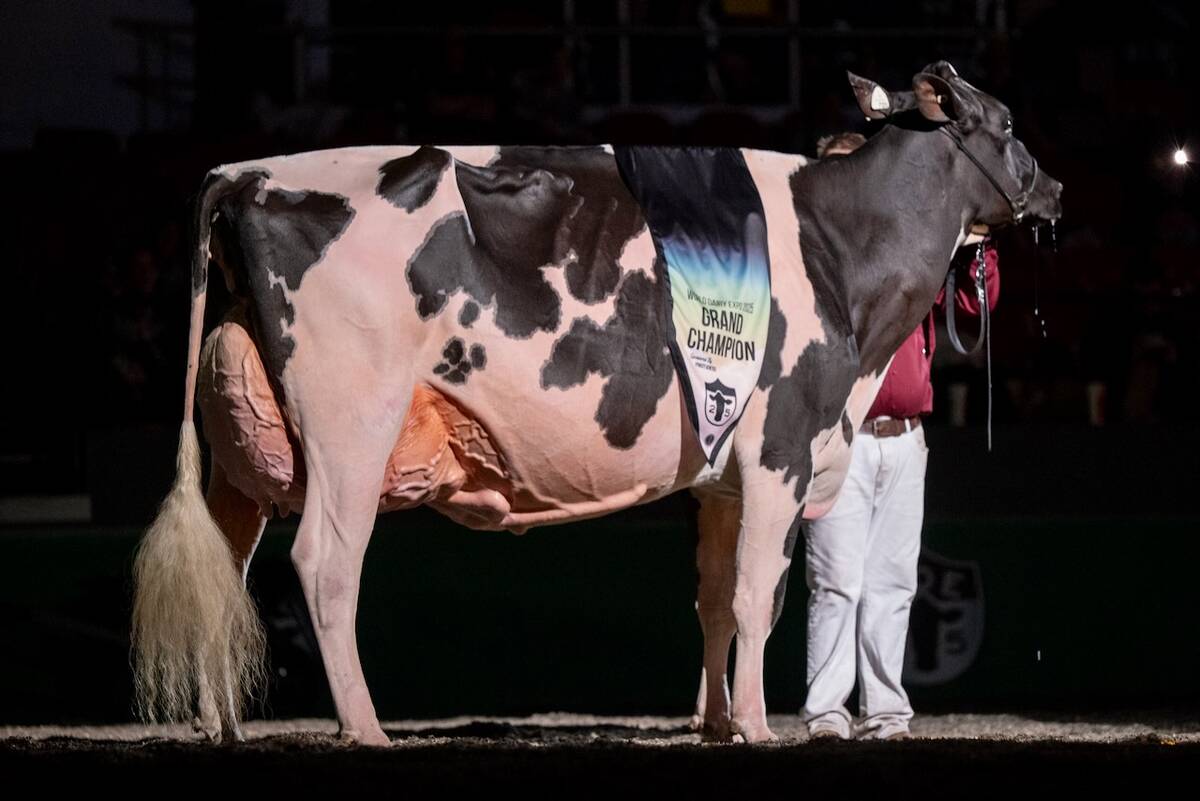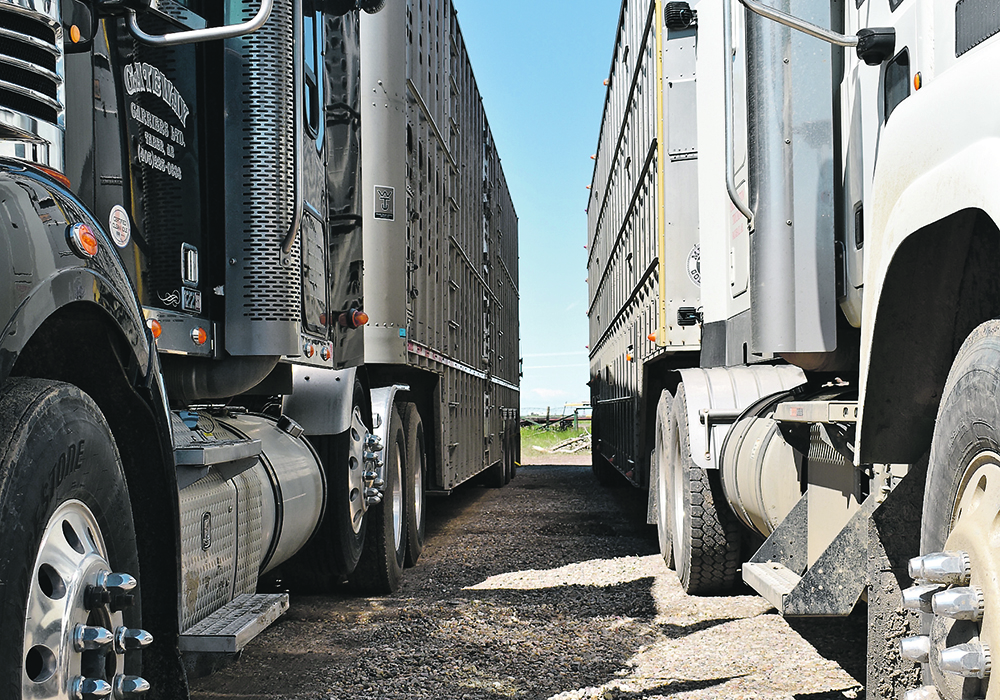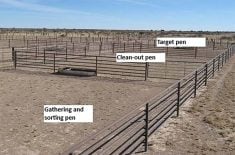Initiative focuses on humane handling and ethical behaviour as well as effects on end product quality
The updated Canadian Livestock Transport training program is better and safer than the older version, say those who developed it.
Enrolment is open on the e-learning platform at campus.animalhealthcanada.ca.
Overseen by Animal Health Canada since 2020, the certification program provides a training course for livestock and poultry transporters, shippers and receivers.
“The intent is really to help transporters understand their link when it comes to humane handling and ethical behaviour in the industry, as well as impacts on meat quality and things like that,” said Colleen McElwain, executive director of Animal Health Canada, a non-profit national organization.
Read Also

Canadian-bred cow wins World Dairy Expo Holstein show
A cow bred in Saskatchewan, Lovhill Sidekick Kandy Cane, is the Grand Champion Holstein at the 2025 World Dairy Expo.
She said the update, based on the most recent regulations, revamped core training materials to make the program more engaging and user-friendly.
It’s also recognized across Canada and the United States.
“We believe the CLT certification program is the best choice in training, benefiting everyone in the industry from farmer to transporters to consumers,” said McElwain in a news release.
She noted certification is not required by law, but the training is mandated by the Canadian Food Inspection Agency. The course is a “one stop shop” for all training requirements for Canadian transporters.
“We do talk about things like Canadian regulations, which is not included in some of the other training courses out there. A lot of those are U.S. based.
“We also include Canadian biosecurity standards and codes of practice to help ensure that transporters understand what the practices are on-farm, as well as to be familiar with biosecurity practices and the things that a producer may ask just for the sake of herd or flock health,” she said.
The new learning platform delivers an improved multimedia experience that is accessible 24-7 with smartphone, tablet or computer.
The course has information on transporting most livestock species, including horses, cattle, sheep, goats, pigs and bison.
Training and safety elements include guidance on handling techniques for livestock, such as how to move with the animals to help them load safely.
The training also provides information about animal needs for feed, water and rest during transport.
“Those are actually dictated by Canadian legislation. And there also are guidelines for things like contingency planning. So what plans do you need to have in place? What phone numbers do you need to have in place? Do you even have a plan if your tractor breaks down, or if there’s a road closure, inclement weather, and that kind of thing?” said McElwain.
The platform features a tool to verify certification, which can be accessed by transporters and shown to CFIA inspectors. Each certificate has a QR code that establishes validity.
McElwain noted the revamped CLT program was supported by major commodity groups.
“We did engage with subject matter experts from the trucking industry, folks who work in animal welfare and are knowledgeable in the trucking industry,” she said.
AHC has also started an awareness campaign, Better Safer Canadian, aimed at stakeholders in animal transport to highlight the importance of CLT certification.
















